In my cabin I have a sollar cell and a 12V battery that I use to power my electronics. However I'm dissatisfied with the standard CL sockets used in cars (apparently I'm not the only one) and I decided to reuse a foreign AC socket instead, specifically the United Kingdom's “13 amp socket” (BS 1363).
I chose the UK socket because it's well designed and it's very rare that anyone has UK plugs in my country. I will take actions to ensure no-one will thoughtlessly plug an UK electronic device to these sockets!
The socket is designed for 230 V and up to 13 A of alternating current. That means it can supply up to ~3 kW of power. However with the 12 V I'll be using, thirteen amps can barely reach 150 W. Since some popular water pumps need ~700 W, this seems like a serious limitation.
In a different question here on Electrical Engineering SE, someone asked whether they can use a 10A@250V-rated socket to draw 13A@230v and the most popular answer says that “the only important parameter is the current rating, [...] 10 amps through the socket will heat it up just as much at 1 volt as it will at 5,000 volts.” Sadly, they don't provide an explanation why. Does this apply to my case and why / why not?
Another thing that concerns me is I'll be using DC instead of AC. There are several things that work differently with direct and alternating current. Is it safe to use the socket this way?
EDIT: There is a question about the current rating of fuses where they explain why fuses blow at a certain current, not power. However I failed to understand the reasoning in the answers, so I can't tell whether it also extends to my case, or not.

